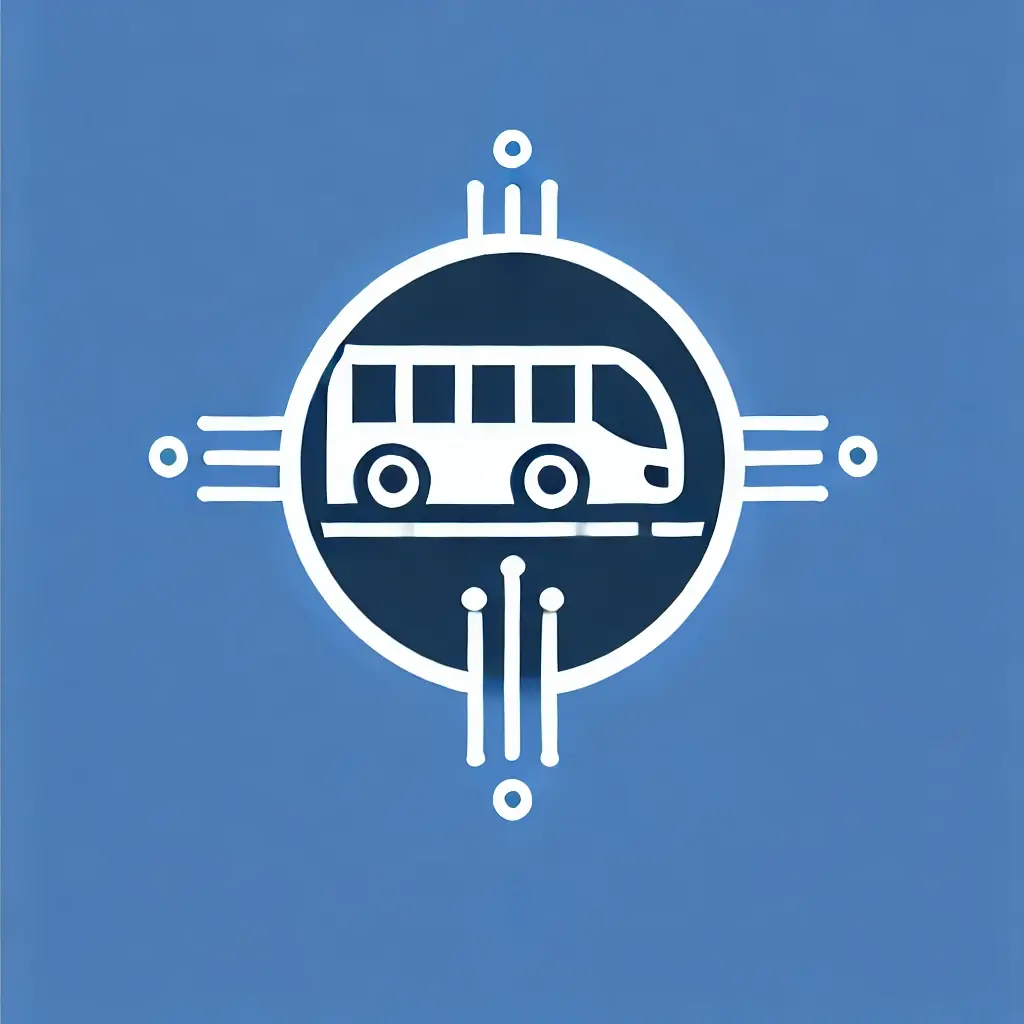Smart Public Transport Systems leverage advanced technologies, particularly artificial intelligence (AI), to enhance the efficiency and effectiveness of urban transportation. These systems integrate real-time tracking, scheduling, and passenger information to optimize public transit operations, ultimately improving the overall user experience.
AI Applications in Public Transport
Real-Time Tracking and Scheduling
AI plays a crucial role in real-time tracking of public transport vehicles. By utilizing GPS data and historical patterns, AI algorithms can predict vehicle locations and estimated arrival times, allowing passengers to receive accurate updates via public transit apps. This capability reduces wait times and enhances the reliability of services, making public transport a more attractive option for commuters[1][2].
Demand Prediction and Route Optimization
AI systems analyze various data sources, including weather patterns, traffic conditions, and local events, to predict ridership demand. This predictive capability enables transit agencies to adjust schedules and allocate resources effectively. For instance, during peak hours or major events, additional buses can be deployed to meet increased demand, ensuring that overcrowding is minimized[2][4].
Predictive Maintenance
Another significant application of AI in public transport is predictive maintenance. By monitoring vehicle performance and infrastructure health through IoT sensors, AI can identify potential issues before they lead to failures. This proactive approach helps transit agencies schedule maintenance efficiently, reducing downtime and ensuring that vehicles are safe and operational[2][4].
Smart Devices Enhancing Public Transport
Public Transit Apps
Mobile applications are essential tools for modern public transport systems. These apps provide users with real-time updates on vehicle locations, schedules, and service alerts. They also facilitate seamless fare payment options, making public transport more user-friendly and accessible[1][4].
Smart Bus Stops
Smart bus stops are equipped with digital displays that provide real-time information about bus arrivals and service changes. These stops may also include features such as Wi-Fi access, charging stations for devices, and even sensors that monitor passenger flow to optimize service delivery[1][3].
Benefits of Smart Public Transport Systems
The integration of AI and smart devices in public transport systems yields numerous benefits:
-
Improved Efficiency: AI-driven route optimization and scheduling lead to more efficient use of resources, reducing operational costs for transit agencies.
-
Enhanced Safety: AI technologies, such as surveillance and predictive analytics, contribute to safer transit environments by identifying potential security threats and ensuring timely responses[4].
-
Sustainability: By optimizing routes and reducing fuel consumption, smart public transport systems contribute to lower greenhouse gas emissions, aligning with global sustainability goals[2][4].
-
Increased Accessibility: AI can help identify areas with high demand for accessible services, ensuring that public transport is inclusive for all passengers, including those with disabilities[4].
In conclusion, Smart Public Transport Systems represent a transformative approach to urban mobility, driven by AI and smart technologies. By optimizing operations through real-time tracking, demand prediction, and predictive maintenance, these systems enhance the efficiency, safety, and sustainability of public transit services, ultimately benefiting commuters and cities alike[1][2][4].
Further Reading
1. AI in Public Transit: Transforming Smart Cities & Enhancing Safety
2. How Artificial Intelligence Is Shaping Public Transit
3. Smart Transit Systems – Home
4. Top 10 Ways AI Revolutionizes Public Transportation
5. 7 Exciting Ways AI is Revolutionizing Smart City Logistics – We Shield


